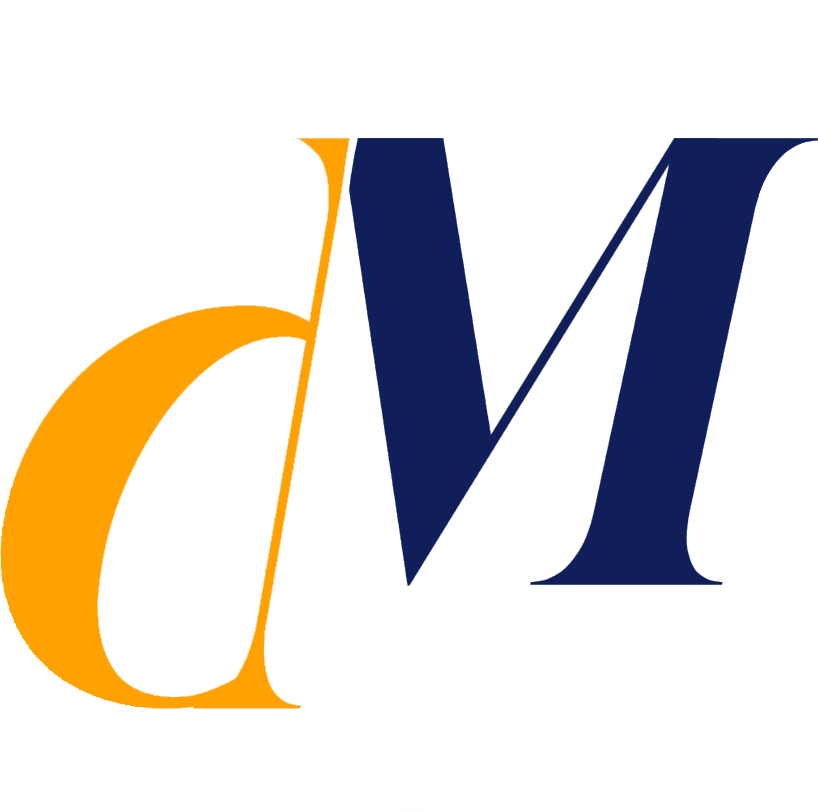The Latest From District Maven
Recent Posts
Technology may move fast, but the savvy marketing experts at District Maven have no problem keeping up with the latest industry news and topics that impact digital campaigns the most.Scroll below to browse the newest marketing-related tips, tricks and trends you need to know about right now.
The Latest From District Maven
Recent Posts
Technology may move fast, but the savvy marketing experts at District Maven have no problem keeping up with the latest industry news and topics that impact digital campaigns the most.Scroll below to browse the newest marketing-related tips, tricks and trends you need to know about right now.
The Latest From District Maven
Recent Posts
Technology may move fast, but the savvy marketing experts at District Maven have no problem keeping up with the latest industry news and topics that impact digital campaigns the most.Scroll below to browse the newest marketing-related tips, tricks and trends you need to know about right now.
The Latest From District Maven
Recent Posts
Technology may move fast, but the savvy marketing experts at District Maven have no problem keeping up with the latest industry news and topics that impact digital campaigns the most.Scroll below to browse the newest marketing-related tips, tricks and trends you need to know about right now.
Load More
Load More
Get In Touch With Our Team
Contact Us
SEND US A MESSAGE
There is nothing our team loves more than meeting new people, businesses and brands. (Other than marketing and branding, of course.)
Whether you are starting from scratch or are interested in revamping your existing, we can help you! Get started on your journey to better marketing by clicking the button provided and requesting a quote today.
Get In Touch With Our Team
Contact Us
There is nothing our team loves more than meeting new people, businesses and brands. (Other than marketing and branding, of course.)
Whether you are starting from scratch or are interested in revamping your existing, we can help you! Get started on your journey to better marketing by clicking the button provided and requesting a quote today.
SEND US A MESSAGE
Get In Touch With Our Team
Contact Us
There is nothing our team loves more than meeting new people, businesses and brands. (Other than marketing and branding, of course.)
Whether you are starting from scratch or are interested in revamping your existing, we can help you! Get started on your journey to better marketing by clicking the button provided and requesting a quote today.
SEND US A MESSAGE
Get In Touch With Our Team
Contact Us
There is nothing our team loves more than meeting new people, businesses and brands. (Other than marketing and branding, of course.)
Whether you are starting from scratch or are interested in revamping your existing, we can help you! Get started on your journey to better marketing by clicking the button provided and requesting a quote today.
SEND US A MESSAGE


